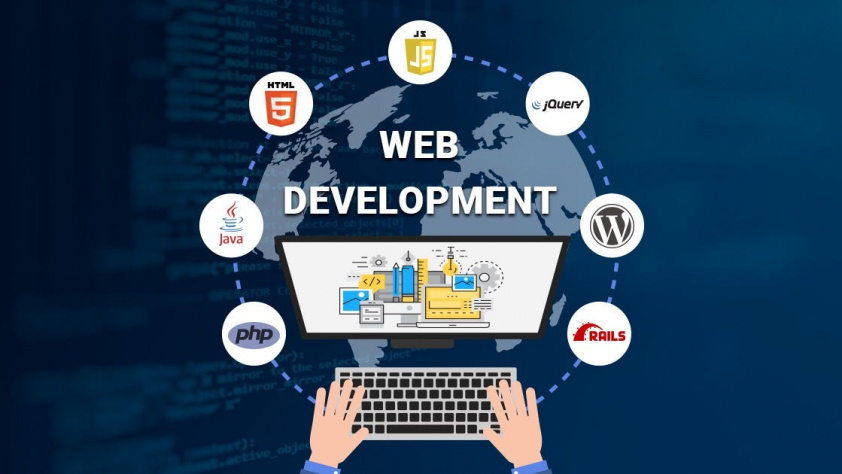While front-end development focuses on creating the user interface and the visual aspects of websites and applications, back-end development operates as the engine room behind the scenes, powering the core functionality, data management, and server-side processes. In this comprehensive exploration, we’ll delve deeper into the essential concepts, technologies, and components that define the world of back-end development.
Server-Side Scripting Languages: The Brains Behind the Operation
At the core of back-end development are server-side scripting languages, which are responsible for processing data, executing application logic, and managing server communication. Here are some prominent server-side scripting languages in back-end development:
- Python: Recognized for its simplicity and readability, Python is a versatile language extensively used in a wide range of applications, including web development. Python boasts powerful frameworks like Django and Flask that provide robust tools for building scalable and secure back-end systems.
- PHP: PHP (Hypertext Preprocessor) stands as a dedicated server-side scripting language designed explicitly for web development. It excels in creating dynamic web pages and web applications and is often associated with popular frameworks like Laravel and Symfony.
- Node.js: Node.js introduces an event-driven JavaScript runtime environment that empowers developers to build scalable network applications. It is well-suited for real-time applications and often paired with frameworks like Express.js.
Databases: The Data Storehouses
Efficient data management is at the heart of back-end development. Databases serve as the digital storehouses where data is organized, stored, and retrieved. Two primary types of databases cater to different data needs:
- SQL (Structured Query Language) Databases: These databases, including MySQL, PostgreSQL, and Microsoft SQL Server, rely on a structured language to manage and manipulate data in a tabular format. They excel in applications demanding complex data relationships and structured data storage.
- NoSQL Databases: NoSQL databases such as MongoDB and Cassandra are designed to handle unstructured or semi-structured data. They offer high scalability and are a natural fit for applications with rapidly evolving data requirements, such as social media platforms and e-commerce systems.
Server Management: The Backbone of Reliability
Effective server management is a cornerstone of back-end development. It encompasses a range of responsibilities, including configuring, securing, and maintaining servers to ensure the seamless operation of web applications. Key facets of server management involve:
- Deployment: Deploying web applications to production servers, making them accessible to users worldwide.
- Scaling: Adapting server resources to accommodate varying levels of user traffic, ensuring optimal performance even during traffic spikes.
- Security: Implementing stringent security measures to safeguard servers and data from cyber threats and vulnerabilities.
- Performance Optimization: Fine-tuning server configurations and databases to optimize the overall performance of web applications.
APIs (Application Programming Interfaces): The Connective Tissue
APIs act as the connective tissue of the digital world, enabling different software systems to communicate and exchange data seamlessly. Back-end developers often create APIs to facilitate communication between the front-end of a web application and the back-end server.
APIs serve crucial functions, including:
- Third-Party Integrations: Enabling integration with third-party services and platforms, such as social media logins or payment gateways.
- Inter-Component Communication: Facilitating communication between various components of a web application, ensuring data flows smoothly and efficiently.
- Support for Mobile Apps: Providing data and functionality to mobile applications, enhancing their capabilities and connectivity.
In conclusion, back-end development forms the robust foundation upon which web applications stand. Server-side scripting languages, databases, server management, and APIs are the core components that empower back-end developers to handle data, logic, and server-related tasks effectively. In concert with front-end development, back-end development plays an indispensable role in delivering seamless, feature-rich, and reliable web experiences to users across the globe.



